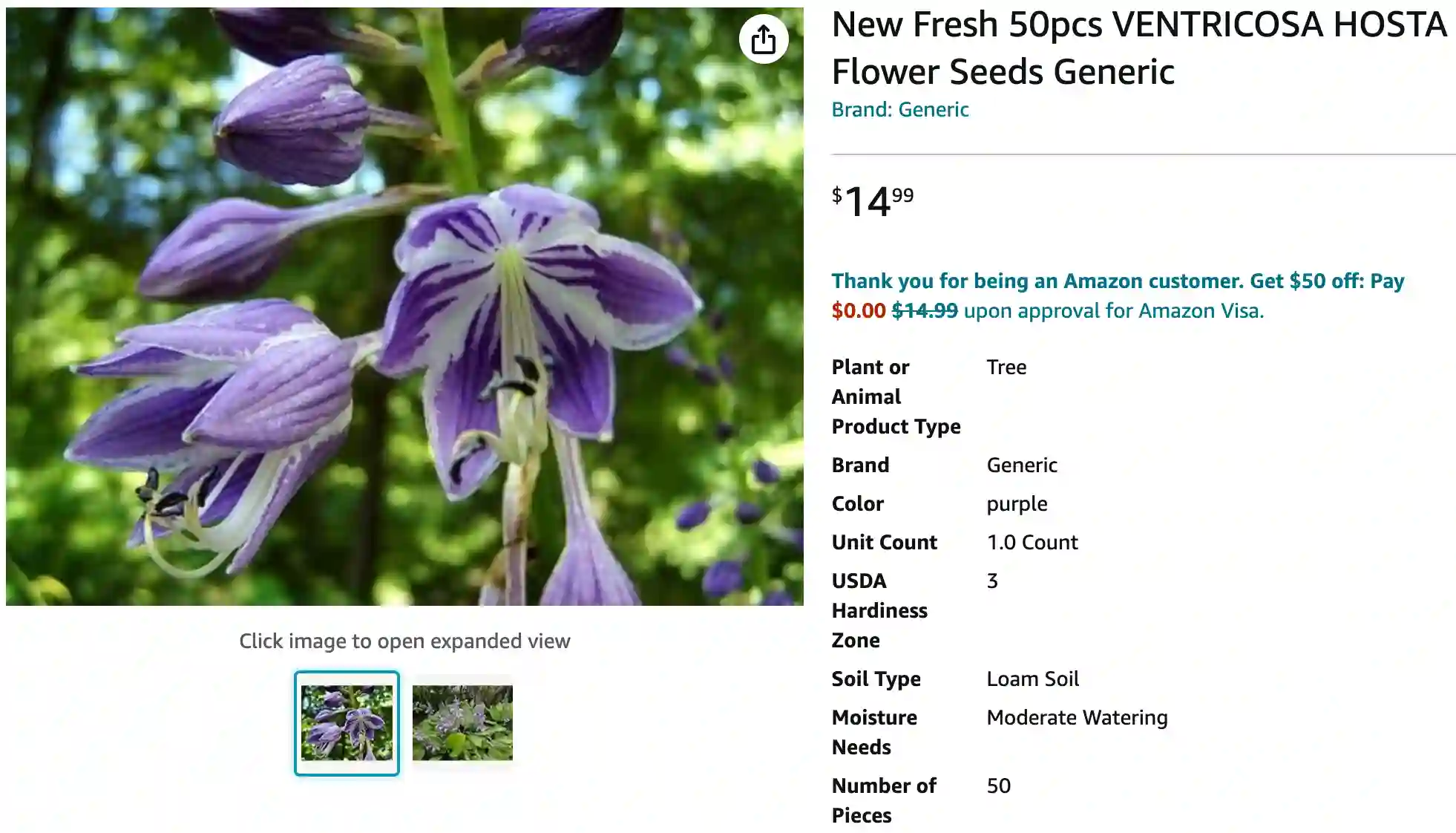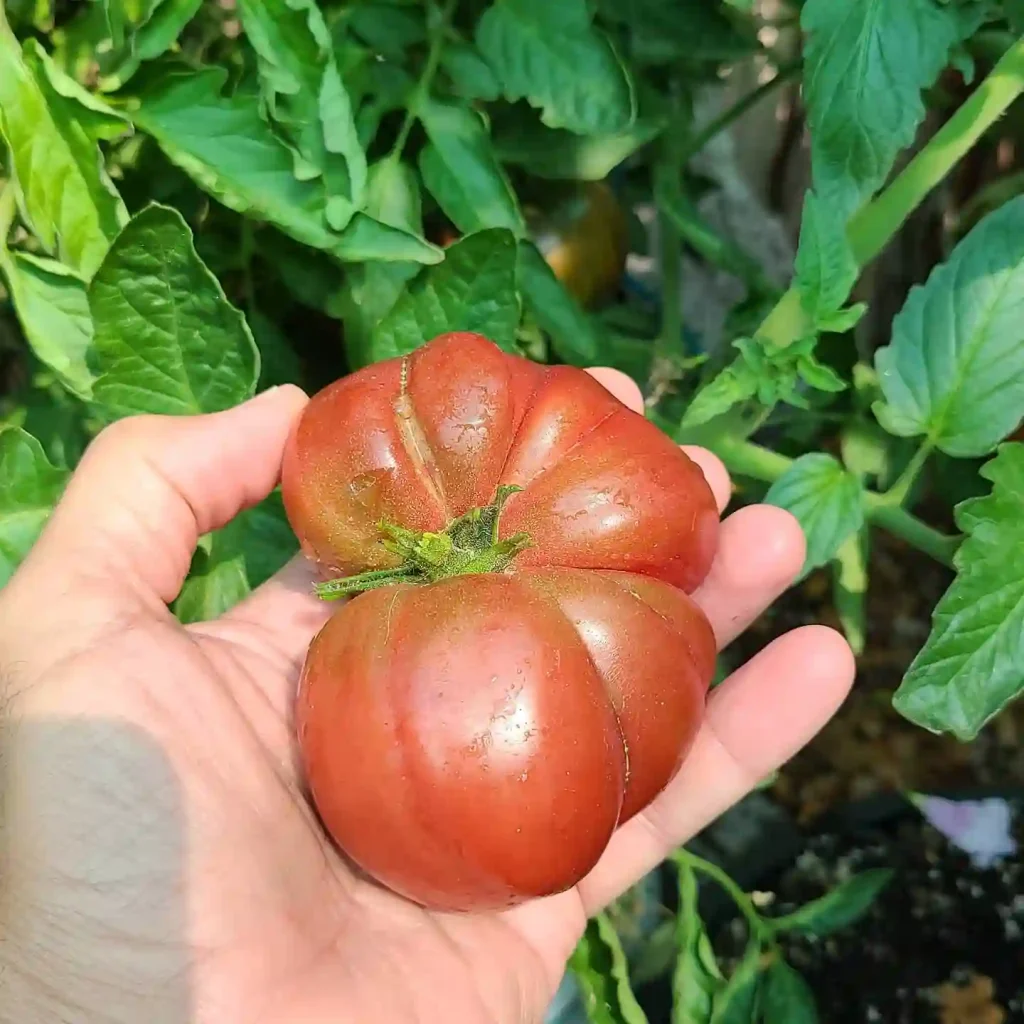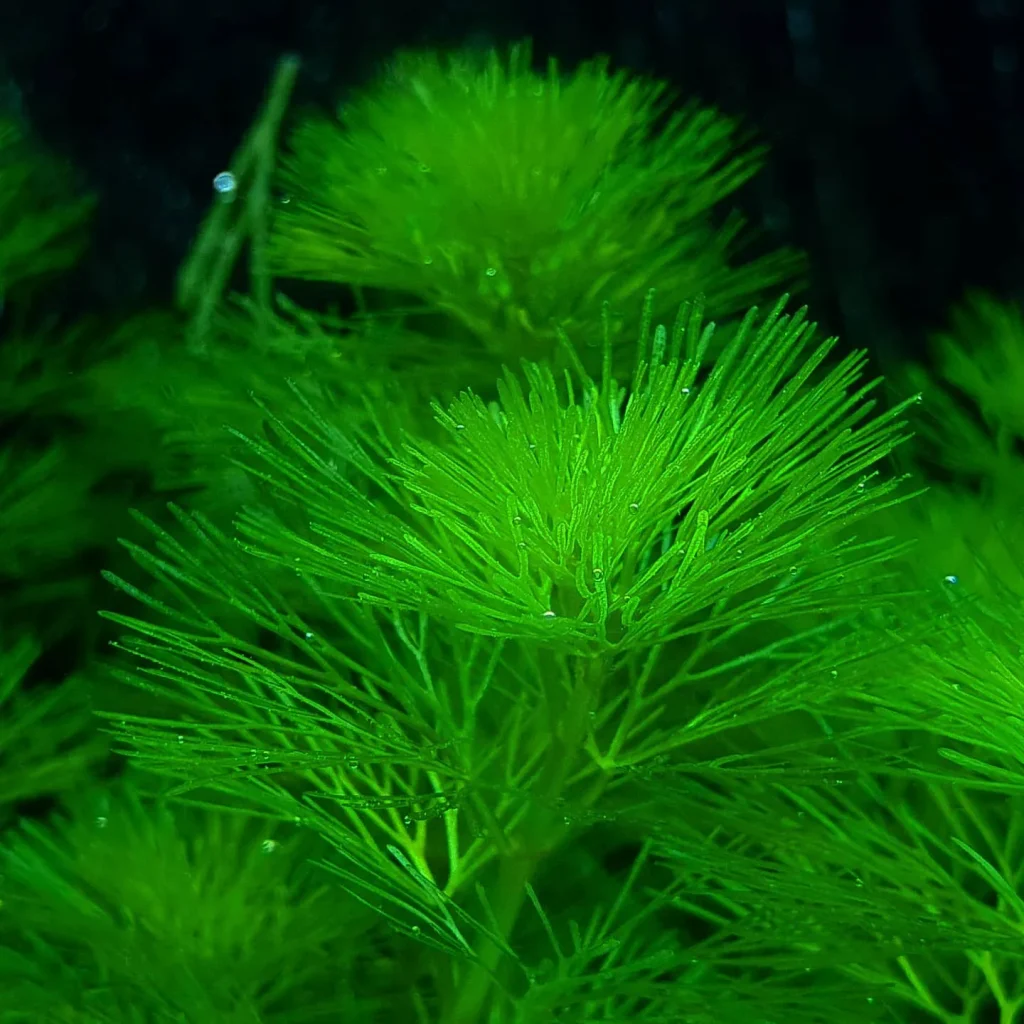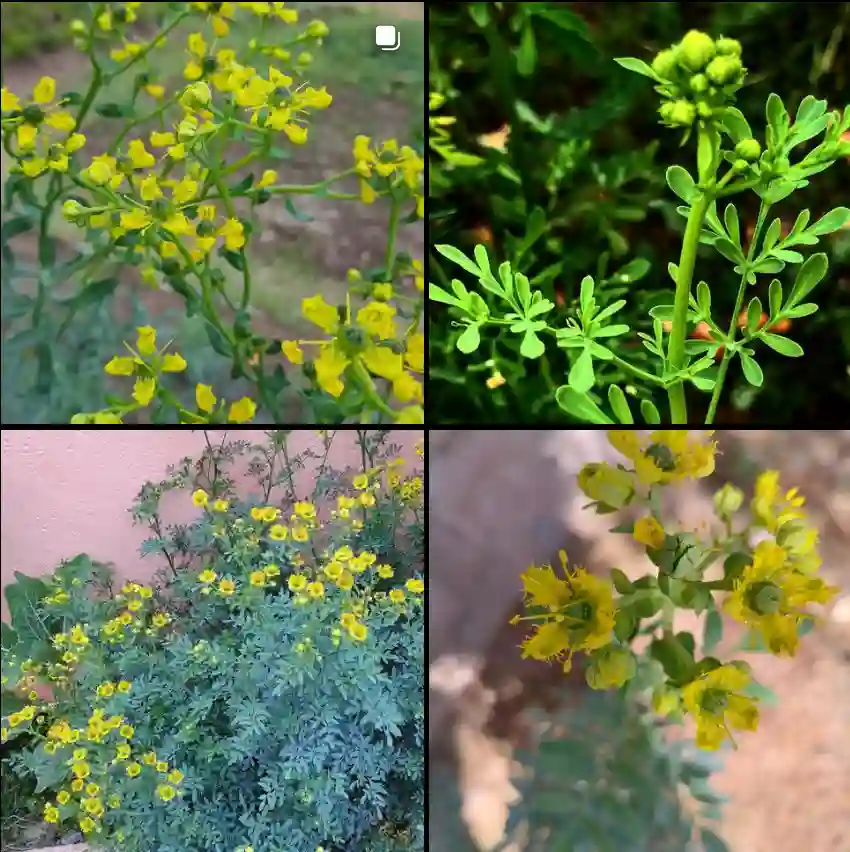
Hosta Ventricosa: The Big, Bold Beauty for Your Shade Garden
Hi, Ferb Vu here! As a plant enthusiast, I constantly find myself captivated by the elegance and diversity of the hosta family. Today, I want to delve into a particular species that holds a special place in my heart – the Hosta ventricosa, also known as the Blue Plantain Lily.
This magnificent plant boasts a grandeur that sets it apart from its delicate cousins. If you’re looking for a statement piece to add drama and texture to your shade garden, the Hosta ventricosa might be your perfect match.
But before you rush out and grab one, let’s explore some frequently asked questions about this shade-loving giant.
31 Species in Genus Hosta
What is Hosta ventricosa?
Hosta ventricosa is a species of flowering perennial belonging to the Asparagaceae family. It’s native to the southeast and south-central regions of China and has graced gardens since the 18th century.
This hosta variety is known for its impressive size. It forms a robust, rounded mound of broad-ovate, dark green leaves. These leaves have a distinct characteristic – they’re thin, smooth, and possess a beautiful sheen. As the plant matures, the veins become more prominent, adding a touch of textural interest.
While the foliage is undoubtedly the star of the show, Hosta ventricosa does produce delicate lavender flowers during the summer months. These bell-shaped blooms rise gracefully above the foliage on slender stalks, adding a touch of elegance to the already stunning plant.
How to Care for Hosta ventricosa?
The good news is that Hosta ventricosa is a relatively easy plant to care for, making it ideal for both novice and experienced gardeners. Here’s what you need to know to keep your Hosta ventricosa thriving:
- Light: Hosta ventricosa prefers partial shade to full shade. Avoid placing it in direct sunlight, especially during the hottest part of the day. The leaves can scorch easily in intense heat.
- Soil: Well-drained, moist soil is key. Hostas appreciate rich organic matter, so amending your planting hole with compost or aged manure is beneficial.
- Watering: Keep the soil consistently moist, especially during the first growing season. As the plant matures, it becomes more drought-tolerant, but regular watering during dry spells is still recommended.
- Fertilizing: A balanced fertilizer applied once in early spring can give your Hosta ventricosa a boost. However, this isn’t strictly necessary, especially if your soil is already rich.
How to Propagate Hosta ventricosa?
There are two main ways to propagate Hosta ventricosa: division and seeds (although seed propagation is less common).
- Division: The best time to divide your Hosta ventricosa is in early spring before new growth emerges. Carefully dig up the entire clump and use a sharp knife to divide it into several sections, each with a healthy crown and roots. Replant the divisions in prepared soil and water them thoroughly.
- Seeds: Seed propagation requires patience and specific techniques. Seeds have low germination rates, and it can take several years for seedlings to reach maturity.
What to Plant with Hosta ventricosa?
Hosta ventricosa’s bold foliage pairs beautifully with a variety of shade-loving plants. Here are a few ideas for companion plants:
- Ferns: Ferns add a delicate touch and complement the textural contrast of the Hosta ventricosa leaves. Try Maidenhair Fern or Japanese Painted Fern (Athyrium niponicum).
- Heuchera: Heuchera, also known as Coral Bells, offers a vibrant splash of color with its colorful foliage. Opt for varieties like Heuchera Plum Royale or Heuchera Georgia Peach.
- Astilbes: These shade-loving perennials provide a burst of color with their feathery plumes in pinks, purples, and whites.
- Japanese Hakone Grass (Hakonechloa macra): This ornamental grass adds a touch of movement and texture to the shade garden.
Conclusion
Hosta ventricosa is a magnificent addition to any shade garden. Its bold foliage and impressive size make it a true standout. With its easy-going nature and minimal maintenance requirements, it’s a perfect choice for gardeners of all levels. So, if you’re looking for a shade-loving star to elevate your garden, consider giving Hosta ventricosa a try!
If i die, water my plants!



